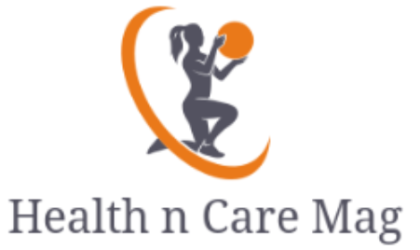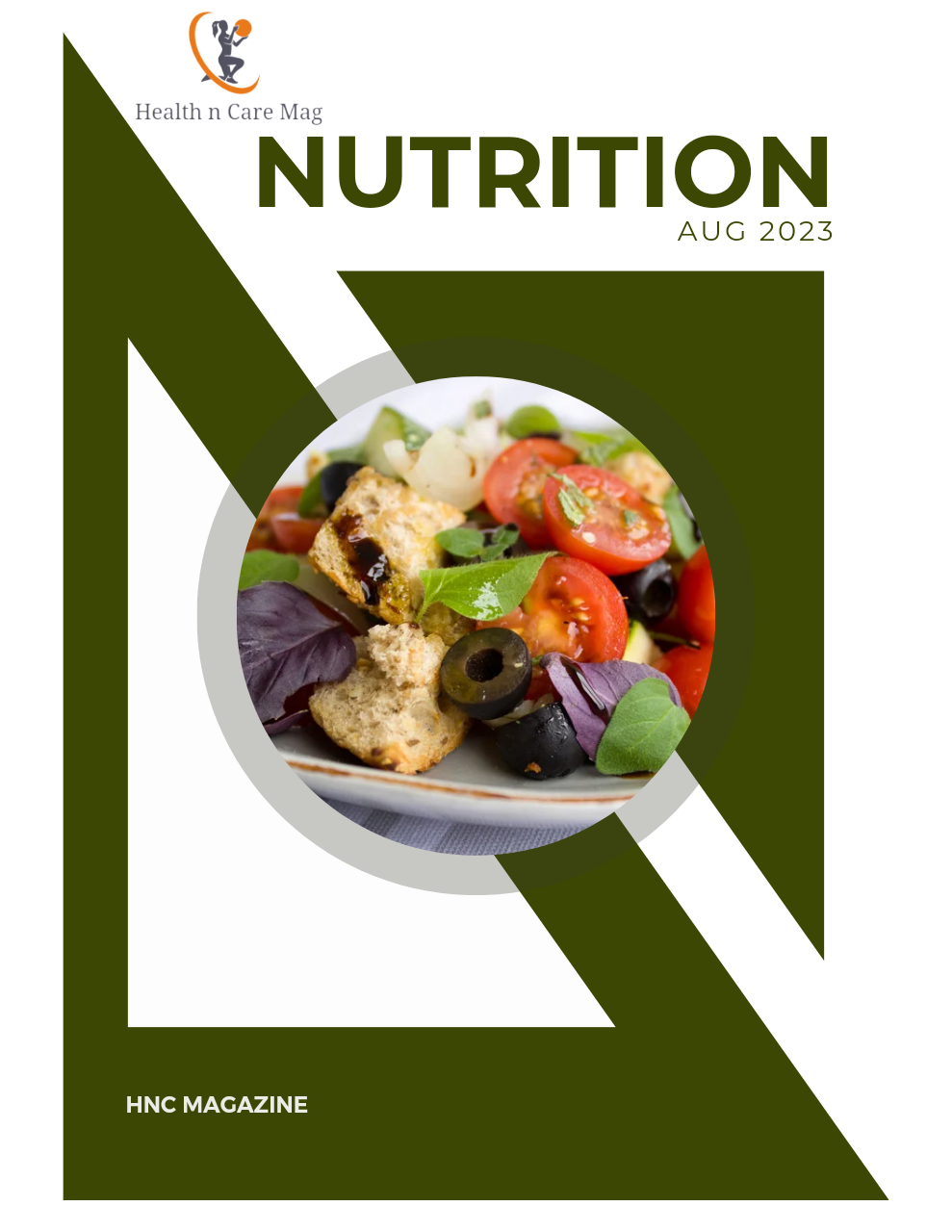The Critical Side Effects Of Our Body From Anaesthetics
Ketamine is a veterinarian tranquiliser most often suited for horses for operations; the drug is also utilized in stabilised amounts in paediatric drugs to help relieve pain as well as having certain results in the medication of anti depressive disorders and irresponsible drinking. The situation with the narcotic however, is that it is becoming a well-liked recreational drug with youths and young adults, due to its hallucinogenic attributes.
Within the last ten years, the medicine has received a major improvement in abuse and is normally compromised from veterinarian clinics and hospitals. Special K because it is now affectingly recognized among users, is fast to kick in and has no physical adverse effects in withdrawal, instead leaving the user with a calm tranquil emotion, as opposed to other class A- medicines that may leave drug users in pain along with reactions of irreversible frustration and restlessness. Ketamine has become dangerous in its mental effects, the more the drug is abused, the greater the user builds up a threshold for it, and therefore higher dosages are taken, it is also a kind of anaesthesia, resulting in cases of individuals feeling invincible while hallucinating which causes self damage, leading to severe damage. The drug is either snorted or being injected straight into the mainstream, as well as the moment that it requires to start working varies on the process utilized. If injected the outcome is almost instantaneous, taking only one minute for the user to start hallucinating, if snorted, it can take approximately 5 minutes for the drug to have any kind of outcome. In any event it is one reason why it is now an extremely common and hazardous drug in today’s society.
The frame of mind of the user can also change the effect of Ketamine. The powder avoids your brain from its common ground of thinking and state of certainty, leading to opening up parts of the brain that are responsible for thoughts and desires. For that reason the hallucination is dream like, the user adopts what is recognised in drug slang as a ‘K hole’, and might have several different ‘K holes’ all through the duration of their one hour hallucination, the same as each time a person has many different desires while sleeping. A person’s mental mindset can depend on the resulting hallucination, they are in either a state of euphoria, contemplating they’re breaking the realms of certainty, even so far as thinking they are speaking with people beyond the grave, having out of body experiences, altering perception of certainty and hovering on air, suffering with thoughts not often related to a alcohol free individual, or else they go into a nightmare state, screaming and picturing the most severe possible cases that only a muscle as potent as the brain can generate, this could certainly leave to disastrous effects, including long term mental disorder.
The risks connected with abuse of ketamine are typically long-term feelings of disappointment and depression, one typical outcome of long term misuse is the continuing development of ‘Escapism Depression’, a variation of the illness that would be turned from either substance or bodily abuse. When feelings of hopelessness and loneliness turn out to be an over riding factor in the mind, sufferers fall into a fantasy world state and shed any sense of certainty, choosing to live in their own daydreams than in their own life. Other dangers include a sense of egocentricity, when certainty starts to descend and the user begins to feel that any kind of event happening around them is connected with them, resulting in the dangers of paranoid schizophrenia and long term anxieties and nervous breakdowns. The more the user starts to sense these indicators kick in, the higher their medication dosage becomes, resulting in the risks changing into much more threatening. The physical hazards incorporate overdosing on ketamine and falling into a deep coma, sometimes causing cardiovascular failure, leading to fatalities. In spite of this, the deaths associated with ketamine are less than with any other recreational drug, that means the leisure usage is becoming more popular among party goers particularly with its class C status, in comparison with leisure drugs like, cocaine, heroine, acid and cocaine which are marked as class A.
There are bodily signs that anyone can discern in a family member or a person you already know that is taking ketamine, they include things like:
– Violent or weird behavior – Constant vomiting – Slurred speech – Confusion – Convulsions
Ketamine addiction are treatable without the need of pharmaceutical aids. Abusers who check into establishments see that their dependancy is stemmed through mental insecurity and addiction. They cleansing under supervision and are place into group therapy along with other users, before going on a course of diet and exercise that makes all of them feel happier about themselves. The final results are beneficial, even so while some users coping their abuse, many more are finding | getting | exploring | identifying the recreational characteristics connected with addicted to ketamine, with a study released in May 2011 by the ‘Drugscope Drug Trend’ exhibiting a 40% increase in popularity in the U.K. throughout the last 3 years. Ketamine is an issue that should only rise, for all of its positive characteristics within the fields of medicine, the only way from preventing anymore injury is to bring the status of the drug up from class C to class A, with more stringent laws and penalty for dealers and users, in any other case the deaths and health problems amongst youths who abuse it might be even more serious.



